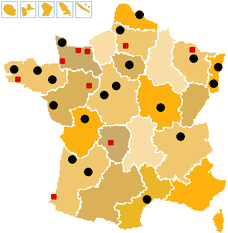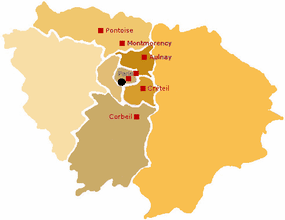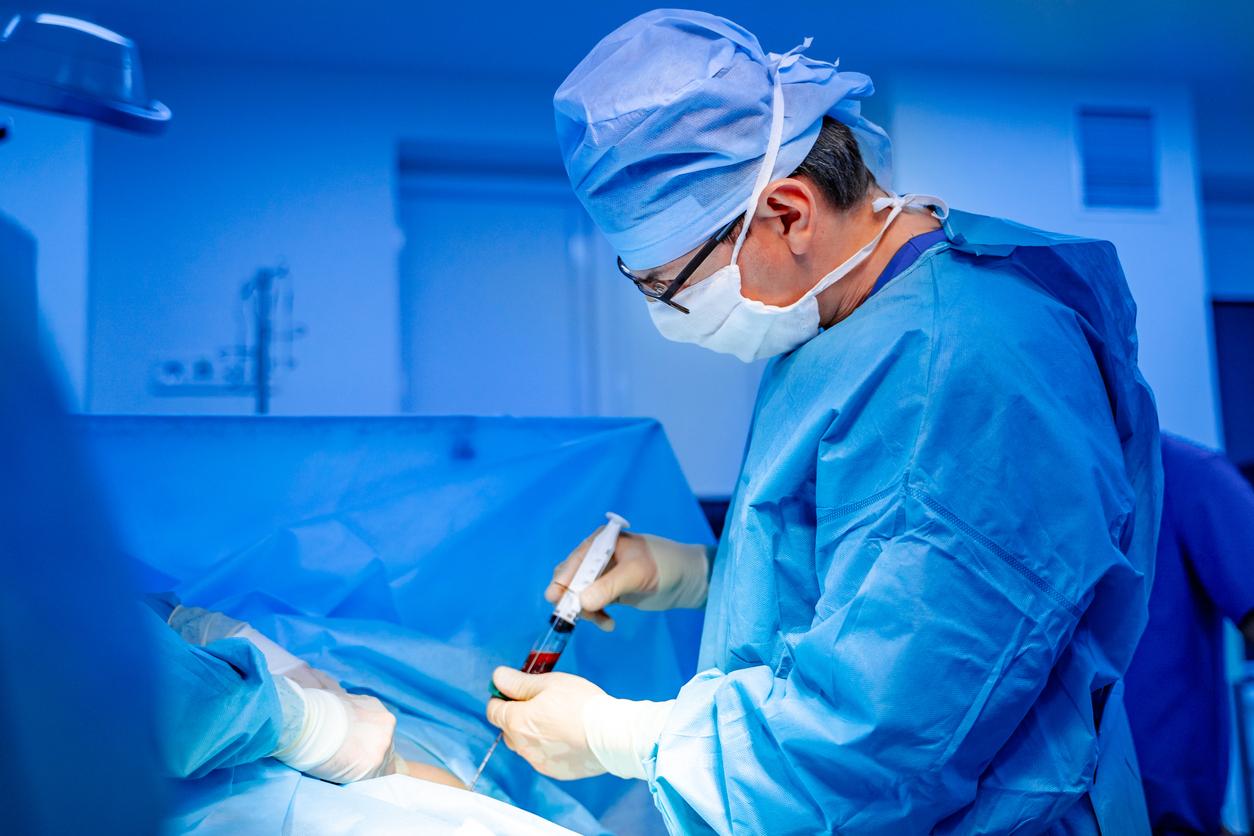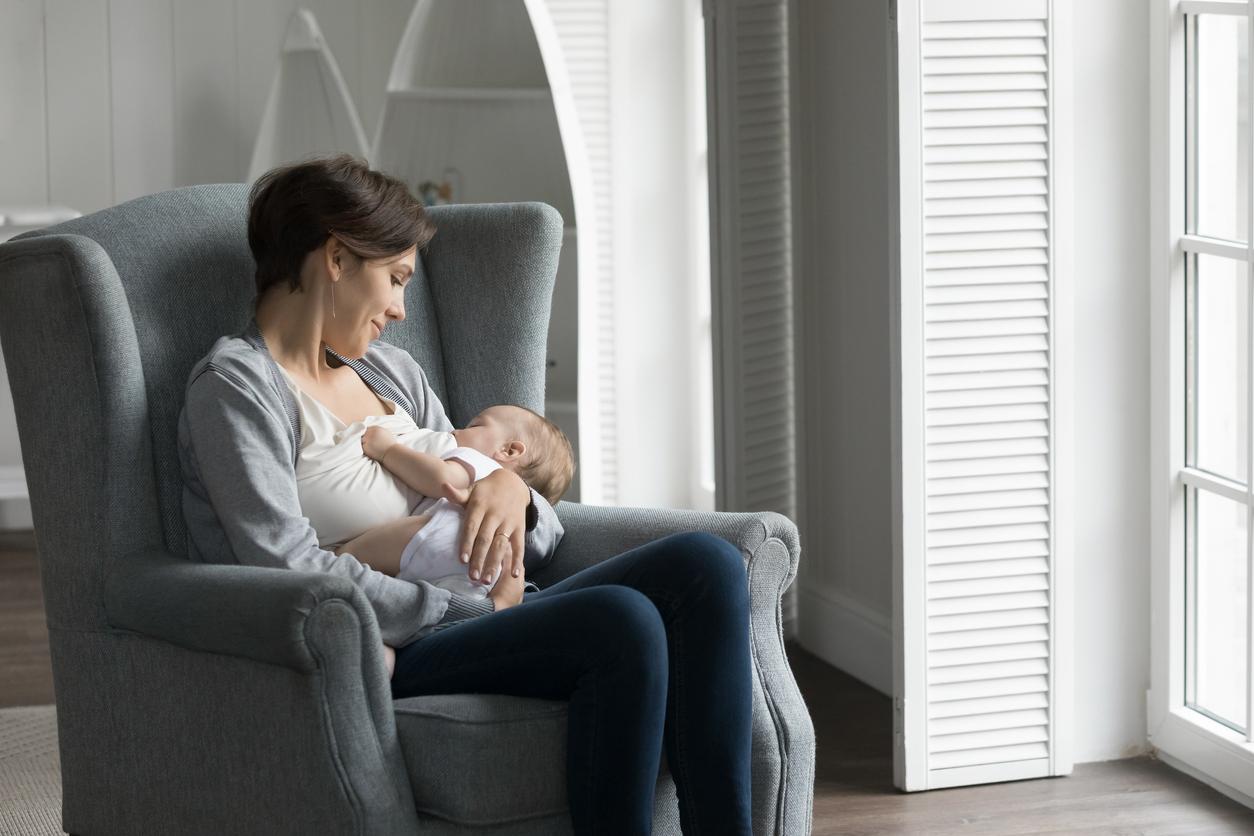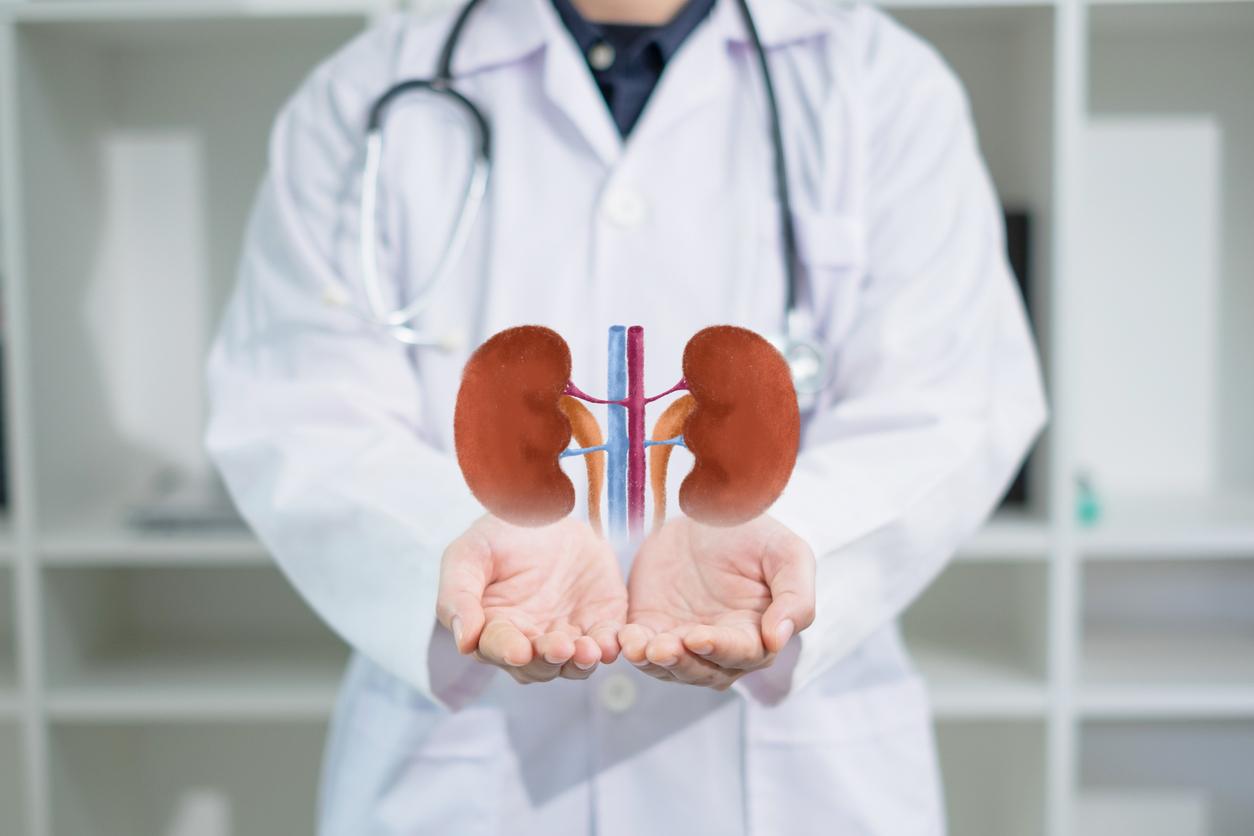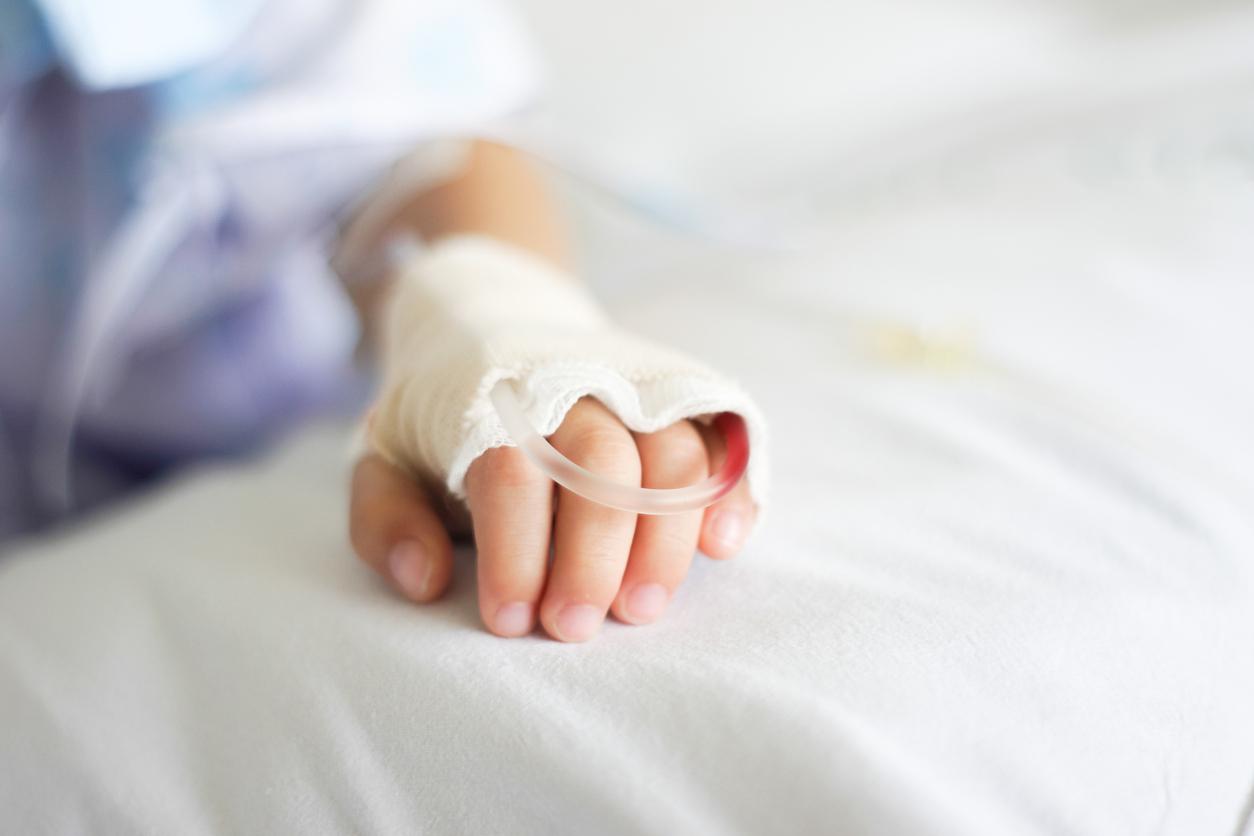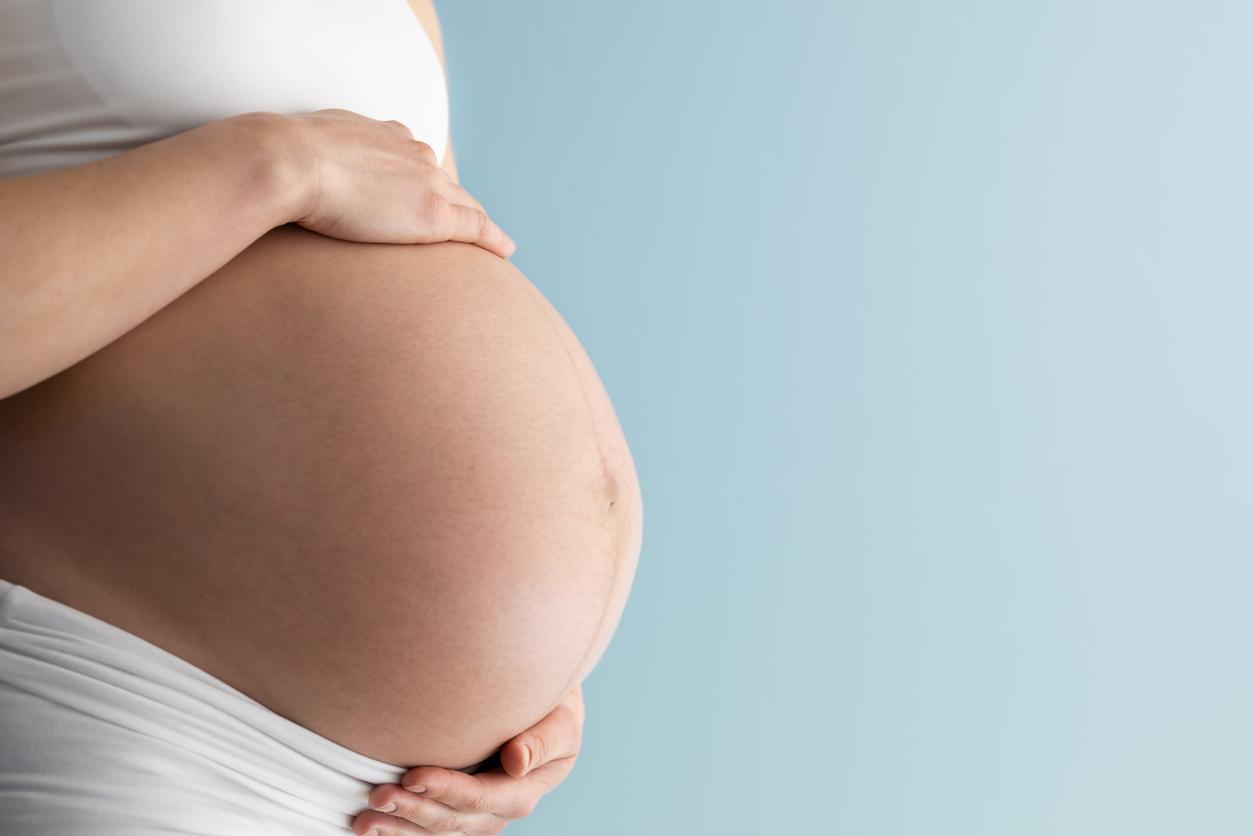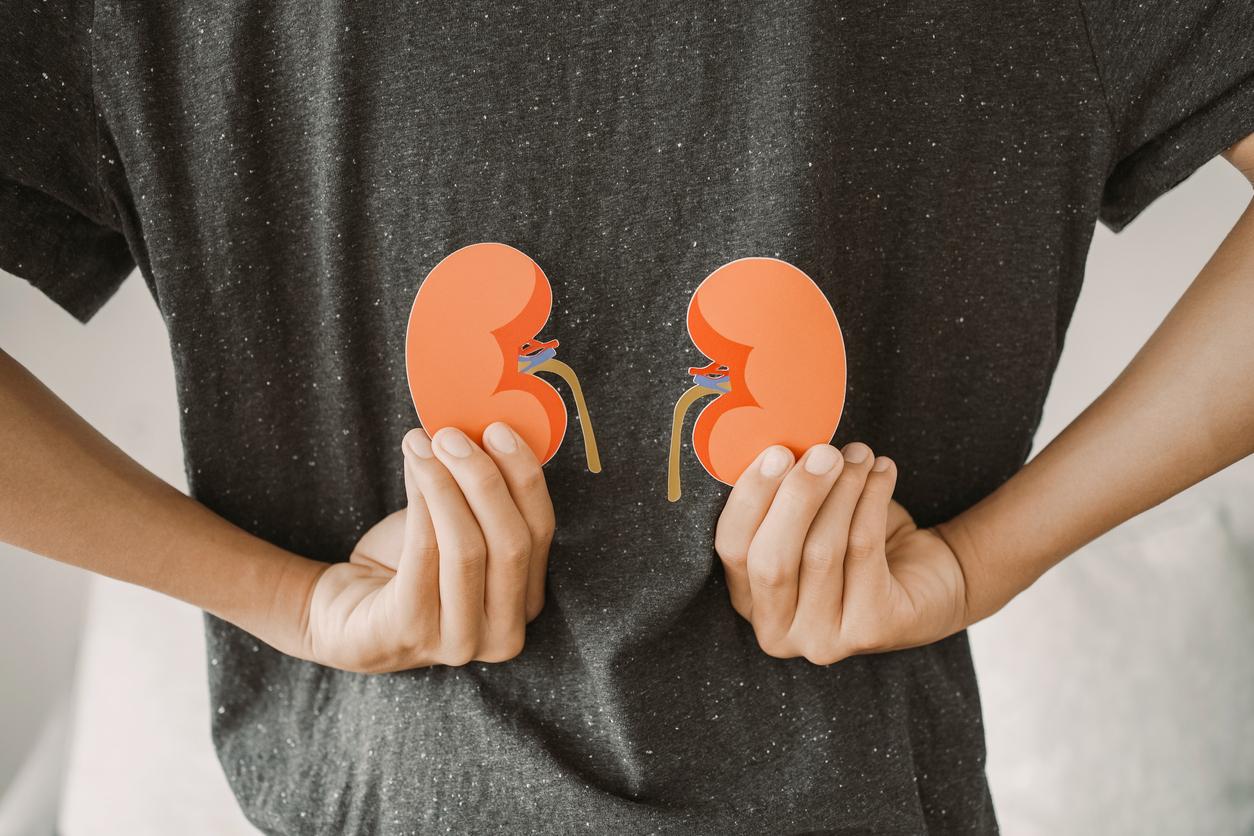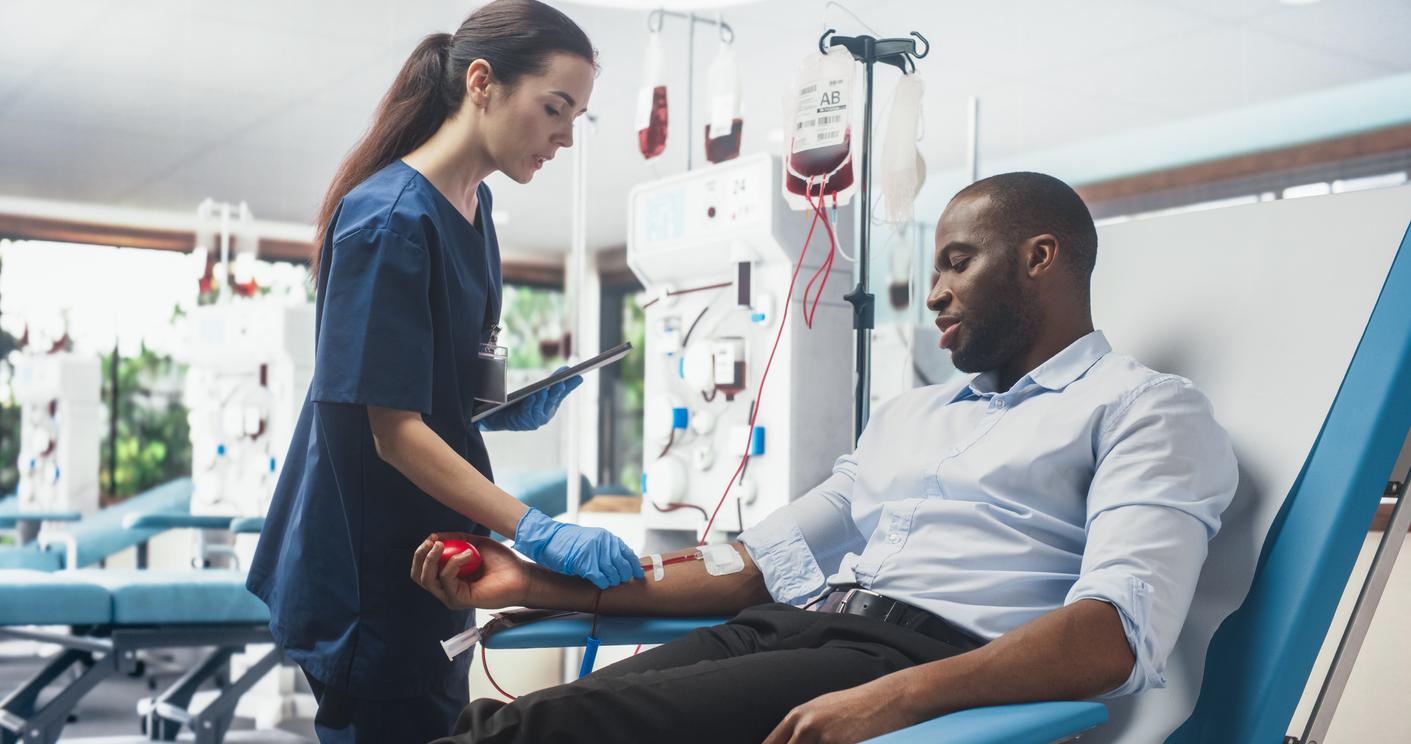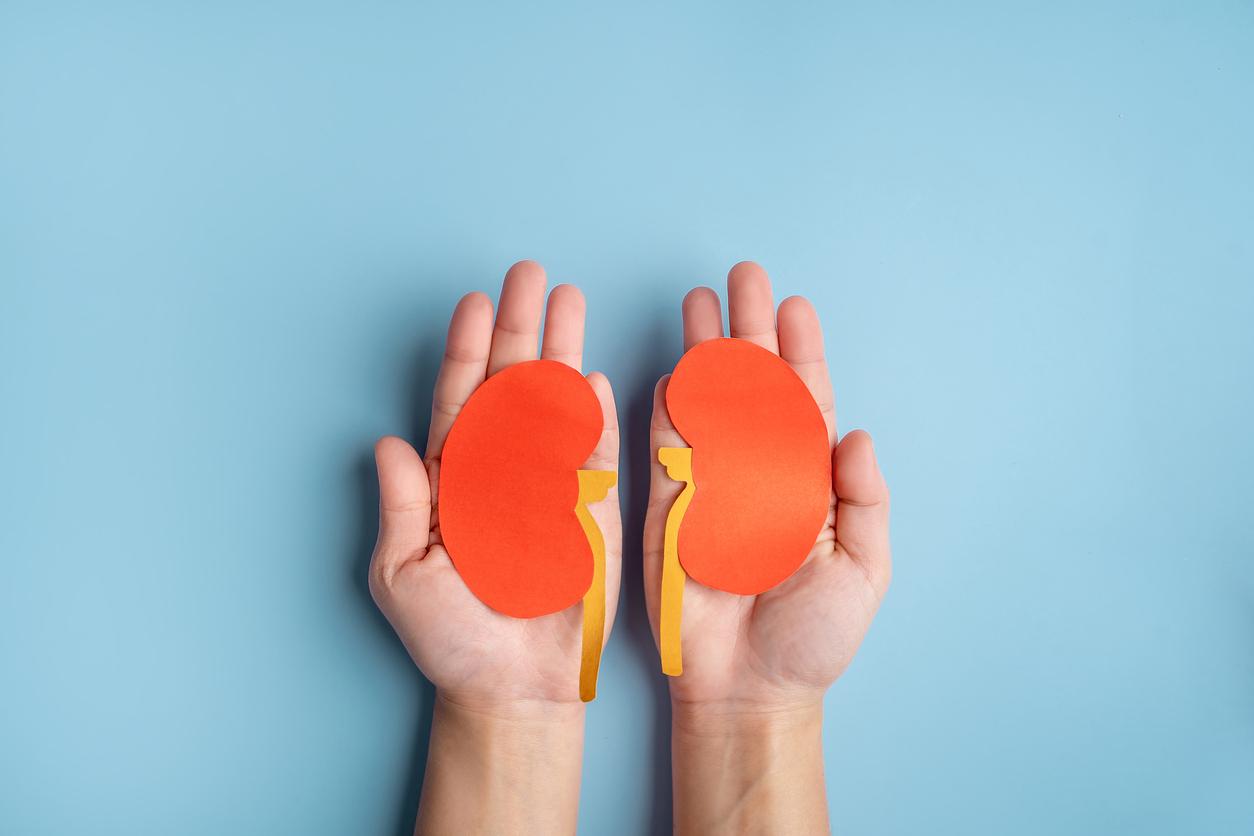Despite 78,000 liters collected in 2014, France lacks breast milk to offer premature babies. The situation is critical at the Montpellier University Hospital which is appealing for donations.
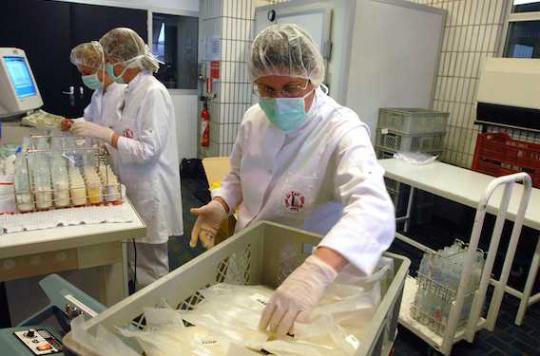
Breast milk is lacking in hospitals in the Great South. Donations help feed premature babies and improve their vital prognosis. But when stocks drop, neonatal teams are forced to reserve the little milk available for the smallest children. The Montpellier University Hospital (Hérault) has therefore decided to launch a call for donations by means of a press release. Because the situation is urgent: “We are obliged to limit donations to very premature babies born under 32 weeks”, specifies the lactarium of the structure, contacted by Why actor.
Montpellier is a big establishment. The milk he collects supplies neonatal services in Languedoc-Roussillon and Provence-Alpes-Côtes-d’Azur. After pasteurization and biological control, the donations are sent to Marseille (Bouches-du-Rhône).
More lactariums in the West
But “the lactarium regularly lacks milk, and particularly during this period”, warns the CHU in its press release. He collects around 6,000 liters of milk each year. To meet the needs, 1,000 more would be needed. Contacted by Why actor, the lactarium underlines its problematic position: in the south-east of the country, structures of this type are too rare. The region is “devastated”.
Jean-Charles Picaud, head of the neonatal service at the Croix-Rousse hospital (Lyon), is not so alarmist. “Historically, the West has a lot of whey, but they process less breast milk per unit,” he weighs. In Lyon alone, 10,000 liters of milk are collected per year. In Nantes, around 3,800 are collected. “
This discrepancy is explained by the fact that Lyon and Montpellier have chosen to adopt large structures which outsource the donation and seek donors further away. The West, on the other hand, has opted for smaller services. “A lactarium takes a lot of time and requires a lot of personnel,” admits Professor Picaud. The size is not comparable with blood donation establishments. “
In red, lactariums for indoor use. In black, lactariums for outdoor use.
Source: Association of lactariums of France
78,000 liters in 2014
Jean-Charles Picaud, president of the Association des lactariums de France (ADLF) underlines that France is the country with the most structures in Europe. In fact, with its 36 establishments, it has three times more than Norway. A good establishment which made it possible to collect 78,000 liters of milk in 2014. But it is still insufficient.
“Currently, we meet half of the needs of premature babies. Ideally, all premature babies should be able to receive mother’s milk up to 2 kilograms, explains Professor Picaud. As we do not have enough milk, it is reserved for the most fragile children, who weigh less than 1.5 kilograms. “
Breast milk is however vital for these newborns. It allows them to fight against infections and in particular against necrotizing enterocolitis, to which they are particularly vulnerable. “So we need donations from mothers who produce too much milk. It is important for the health of premature infants that they give it instead of throwing it away, ”urges Professor Picaud.
And no question of practicing milk exchanges between friends, on forums or social networks. Milk exchanged under the wrong conditions contains a lot of bacteria that are potentially dangerous for the newborn. Only lactariums – authorized by the Ministry of Health – are authorized to make these donations, because they pasteurize the milk and control it bacteriologically. It is secure before being given to children.
How does breast milk donation work?
Breast milk donation can be done at the maternity ward but also from home. In this case, the mothers fill out an administrative form by telephone and undergo a medical interview. It allows, as in the context of a blood donation, to look for contraindications such as the presence of a transfusion, drug consumption, smoking, or a viral pathology.
A package is then sent to the mother’s home with sterile jars, as well as an administrative file and a breast pump rental order if necessary. The woman collects her milk at her own pace and freezes it. Members of the lactarium come to his home to collect donations in optimal conditions. Once in the structure, the milk is pasteurized and bacteriologically controlled. If they pass the controls, the donations are sent to the service or – if it is a lactarium for outdoor use – to the hospitals served.
.









